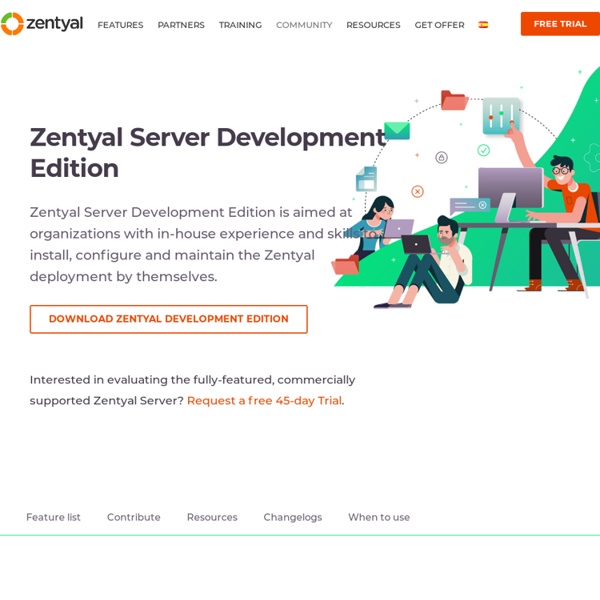



Home Page | Puppy Linux Desde noviembre del 2007, que decidí de forma unánime lanzar una revista completamente gratuita orientada al software libre y Linux. Por suerte el primer numero de la revista fue publicado el día 28 de noviembre de 2007. De ahí en más avanzamos mes a mes tratando de entregar una publicación mensual para que todos nuestros lectores puedan así descargar sin ningún tipo de acción adicional que un clic un nuevo archivo PDF. La comunidad fue creciendo, los colaboradores sumándose, y la revista tuvo sus altos y bajos en relación a las fechas de salida. Hoy día tengo que serles sincero no es fácil llevar adelante la revista y recibir mes a mes las colaboraciones de todas las personas que hacemos la revista. ¿Que es Crowdfunding? De esta manera serviría de forma perfecta a nuestra revista. La Idea Justamente es poder cubrir los gastos bien básicos de las personas que escriben todos los meses en la revista. Beneficios para las personas que donen dinero.
Tiny Core Linux, Micro Core Linux, 10MB Linux GUI Desktop, Live, Frugal, Extendable Welcome... | SAGE-AU - System Administrators Guild of Australia Windows PE 2.0: a tiny version of Windows for system maintenance Few people know it but when you boot off the Vista install DVD you’re booting into a different version of Windows altogether: Windows PE 2.0. It’s based on the Vista kernel but it’s extremely compact. It provides read/write access to NTFS filesystems a wide range of 32- and 64-bit hardware drivers network connectivity and the ability to run both 32- and 64-bit applications. However stripped away from the Vista installer it’s also a very versatile tool for administrators. It allows troubleshooting installation and system recovery and its small size means it can be run from CD USB key or even via network boot. PE has actually been around since the release of XP but most administrators have avoided using it instead preferring more mature third-party management and installation tools. The newest version of Windows PE (version 2.0) is different. How to get Windows PE Finding WinPE on your machine Building your own bootable WinPE 2.0 environment Booting and using Windows PE 2.0
Copy/Transfer Files Between Two Servers Using Linux scp | linein designs The other day we ran into a good problem that our site has grown and we are in need of a new server. So we ordered the server and now we need to transfer all the files from the old server to the new one. But rather than downloading all the files to our local machines then re-cuploading them to the new server, we're going to show you how you can skip the middle man and transfer files from server to server. The only requirements is that you need to have SSH access to both servers. We're going to be using the Linux command scp which stands for secure copy. We're going to be using the following options: r = recursively copy entire directories C = compression enable p = preserves modification times, access times, and modes from the original file Also, if you're going to transfer a lot of data between the webservers, you probably want to add the nohup command too. nohup runs a command even if the session is disconnected or the user logs out. Hope this helps someone as much as it did me today.
hardware testing platform: About The Compiler That Changed the World Turns 25 Last year, Linux celebrated its 20th anniversary. The kernel that Linus Torvalds started as a hobby project helped the Internet bloom, challenged proprietary operating system dominance, and powers hundreds of millions of devices. From hacker toys like the dirt-cheap Raspberry Pi to most of the Top 500 Supercomputers, Linux dominates the computing industry. But it wouldn't have been possible without GCC, which turns 25 today. Before Torvalds started hacking away on Linux, Richard Stallman and started the GNU (GNU's Not UNIX) project and part of that was the GNU C Compiler (GCC). A Short History of GCC and Linux The origin of GCC actually started in the free C compiler that Stallman started in 1984, based on a multi-platform compiler developed at Lawrence Livermore Lab. For many Linux enthusiasts, GCC has always just been. "I downloaded it immediately, and I used all the tricks I'd read about in the Emacs and GDB manuals to quickly learn its 110,000 lines of code. The EGCS Years
Pinguy OS Mark Shuttleworth: Turning Ubuntu Into The Next Apple